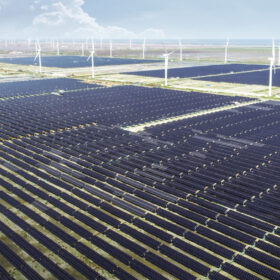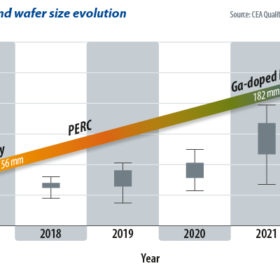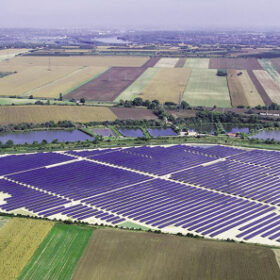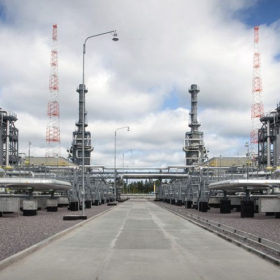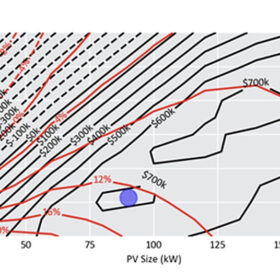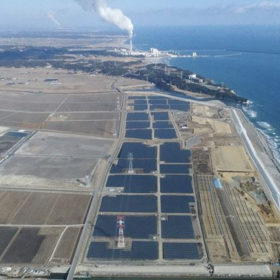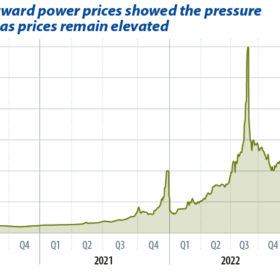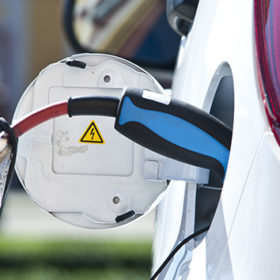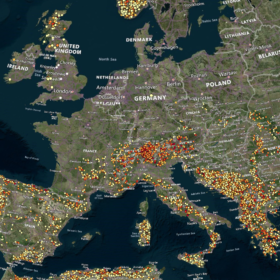Assessing the area intensity of PV
Solar is wrongly perceived by some people to be an area-intensive energy generation technology requiring much more space than conventional fossil-fuel power plants.
Get what you pay for
Clean Energy Associates (CEA) has calculated the price premium that solar developers will swallow in return for the levelized cost of energy (LCOE) savings offered by the latest generation of high-efficiency PV panels.
Saudi Arabia’s solar market
Saudi Arabia aims to add 10 GW of renewable energy capacity by 2027, with solar to account for the lion’s share. The Middle East Solar Industry Association (MESIA) describes the main market drivers that could make this target achievable.
Hungarian solar is on the rise but much needs to be resolved
PV deployment is gathering pace in the EU member state but grid capacity shortfalls and unpredictable shifts in government policy need to be addressed if the nation is to harness its full solar – and European energy security – potential.
When will the world be fossil free?
Despite the ever-growing number of nations committing to attaining a net-zero economy, there appears little prospect yet of a future free of fossil fuels, as Roger Lewis, an environmental, social, and corporate governance (ESG) expert at Downing LLP explains.
Optimizing off-grid PV systems for different design criteria
A new report by IEA PVPS Task 18 provides a blueprint guide on how to conduct feasibility studies for off-grid and edge-of-grid power systems. The optimal system size and specifications vary depending on the client’s priorities. The desired project outcomes can be identified using pure financial analysis (NPV, IRR) or additionally taking environmental performance into account.
Still big in Japan?
A flat year for solar installation numbers in Japan could be seen as positive in a nation switching to new PV business models, writes Izumi Kaizuka, director of research for Japanese solar consultancy RTS Corp.
State of the (European) union
Gerard Reid, co-founder of corporate finance advisory Alexa Capital, considers whether the EU is up to the task of dealing with the twin threats of the energy crisis and the pull of a revitalized US clean power industry.
North America’s bid to onshore rare earth supply
With electric vehicle (EV) adoption set to turbocharge demand for rare earth elements in Canada and the US this decade, attempts are being made to loosen the region’s dependence on China for the sourcing and processing of such critically important energy transition materials.
Pumped hydro key to meeting storage demand
Pumped hydro energy storage can be readily scaled to any required storage capacity at a known and affordable cost.
